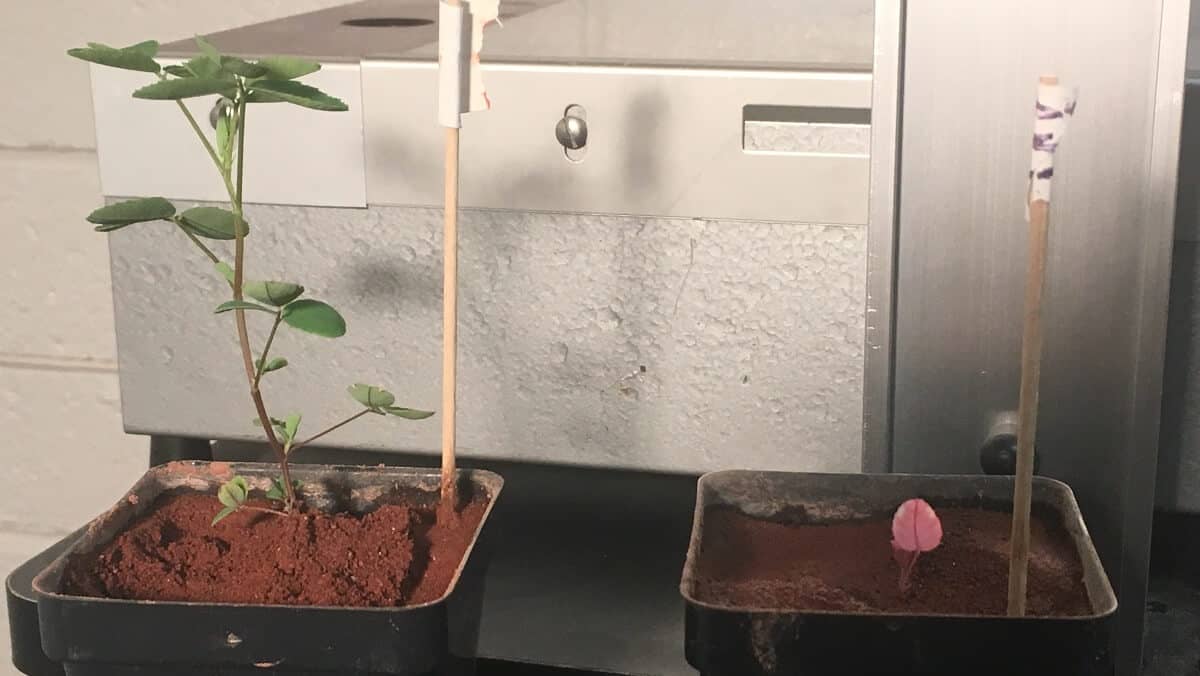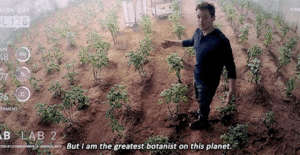Researchers find innovative way to improve soils on Mars for the cultivation of future colonising Earthlings.
Learn how scientist have combined their understanding of Biology, Chemistry and Earth and Space science to develop a way to grow plants on Mars. This resource is best suited to students in R, Year 4, 5, 7 and 8.
Word Count: 251
If we ever want to move to Mars, we’ll need to learn how to grow food right there on the Red Planet. But the soil there is harsh and unsavoury for most plants.
Well, somebody call Matt Damon because astroagriculturalists have found a way to give clover plants a microbial “buddy” that will help fill the soil with nutritious, growth-promoting nitrogen.
Nitrogen is an important fertiliser for plants and is essential for their growth and development. On Earth, special microbes live in the soil that pull nitrogen out of the air and convert the molecules into a form of ammonium that can be easily used by the plants – a process called nitrogen fixation.
Martian soil – called regolith – doesn’t have this important fertiliser, which could greatly inhibit astroagricultural efforts on Mars.
However, an international team of researchers found a way to inoculate clover plants with a nitrogen-fixing microbe (Sinorhizobium meliloti) – commonly found in clover roots on Earth – that helped the clover to thrive in regolith.
Clover was already known to grow in regolith, but the inoculated clover exhibited 75% more root and shoot growth compared to the “normal” clover.
Interestingly, the surrounding regolith didn’t contain any extra ammonium, suggesting that the symbiotic relationship created enough ammonium for the plant to grow better but not enough to contaminate the soil.
This could mean that the future of agriculture on Mars involves giving plants a healthy dose of a symbiotic microbe, but more research is needed to establish how other plants and crops fare.
The study was published in PLOS ONE.
Login or Sign up for FREE to download a copy of the full teacher resource







